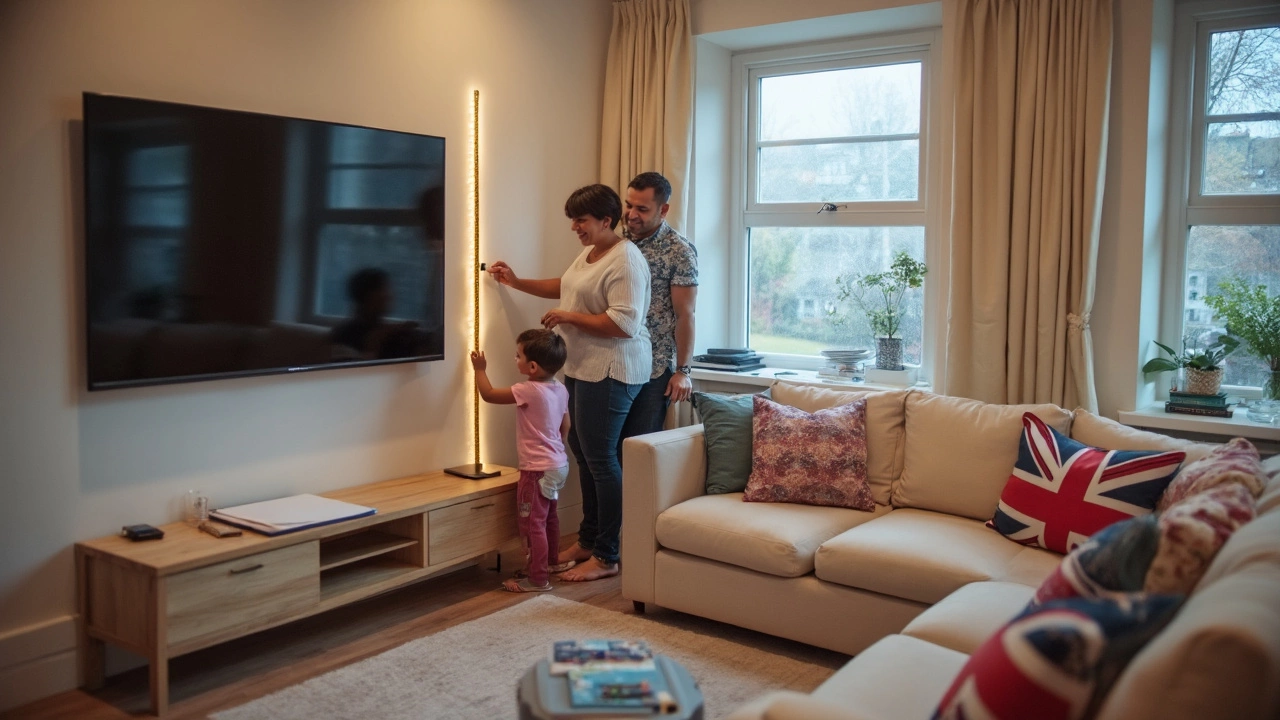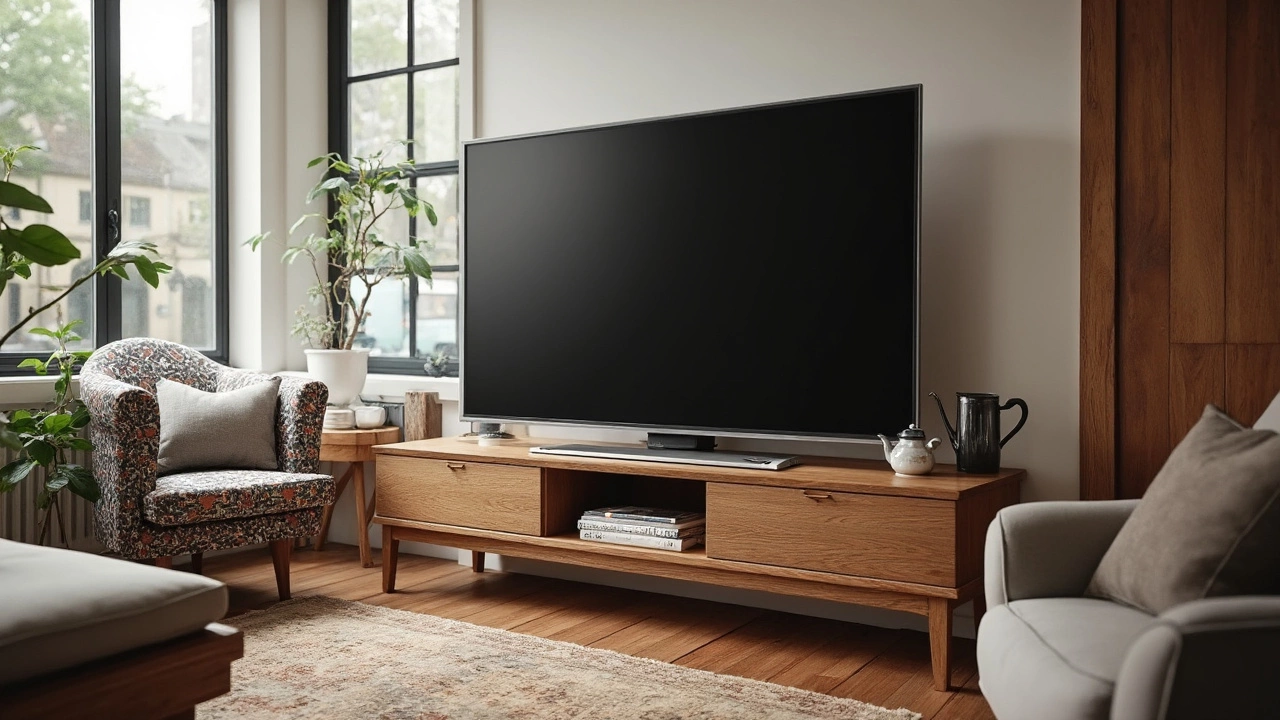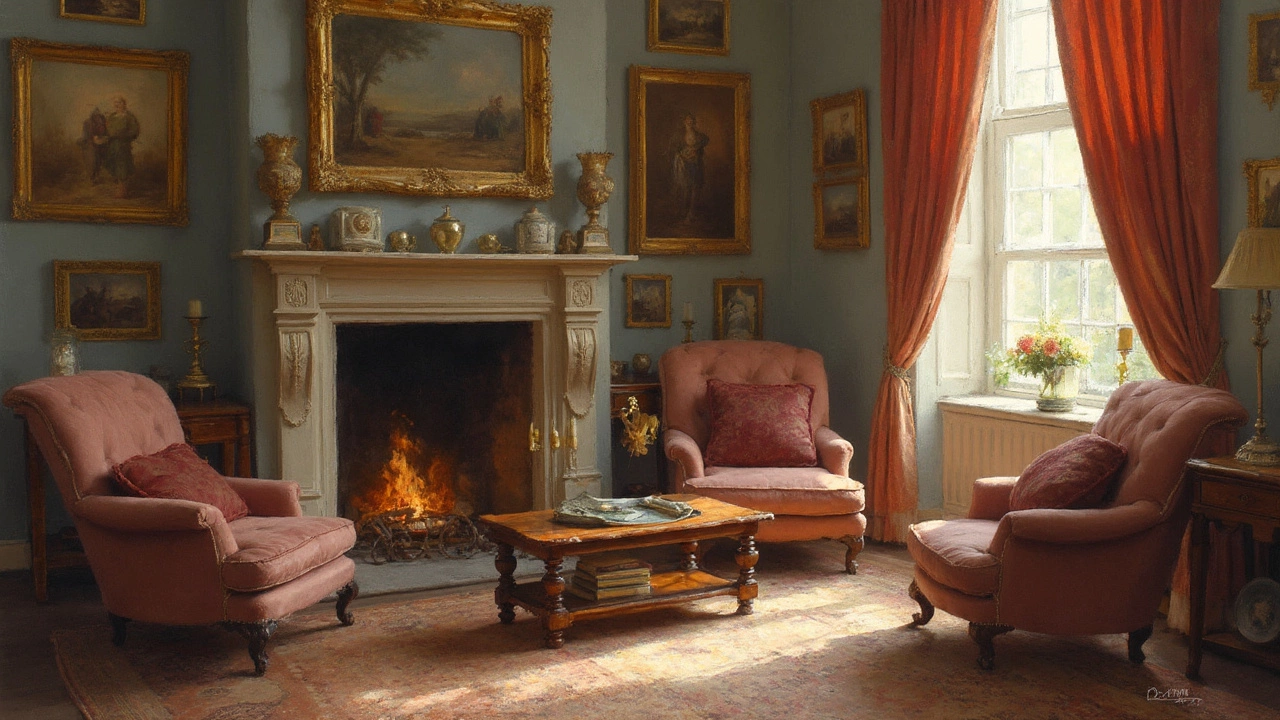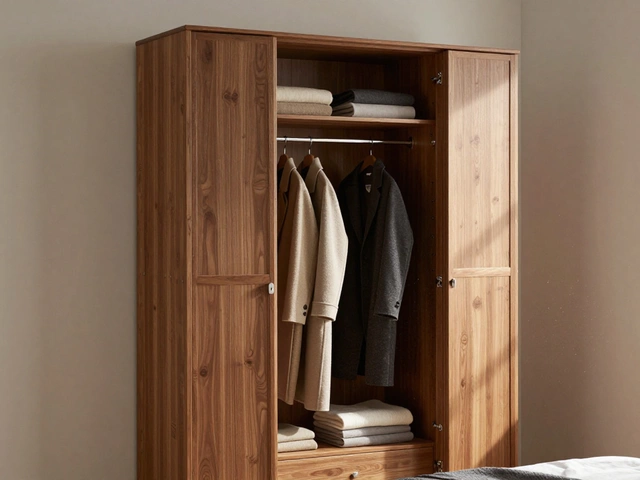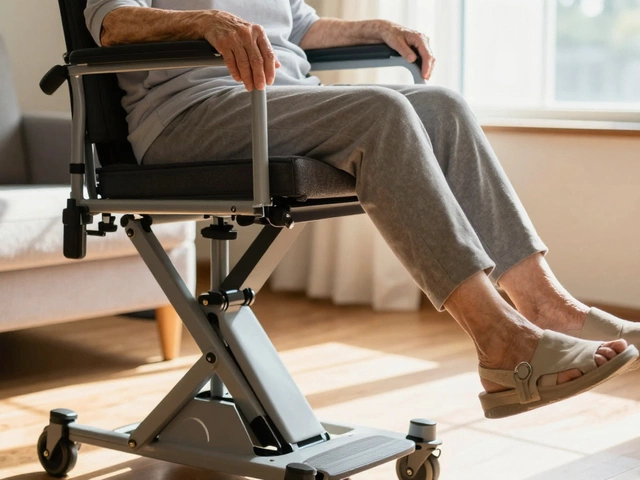Living Room Setup: Simple Tips to Arrange Your Space
Got a living room that feels cramped or empty? You don’t need a designer to fix it. With a few measurements, a bit of planning, and the right pieces, you can turn any room into a comfortable, functional hub.
Choosing the Right Sofa and Placement
Start by measuring the length of your wall and the distance between doors and windows. A sofa should leave at least 30‑cm of breathing room on each side so people can walk around without bumping into it. If you love a big look but have limited space, a corner sofa can fill a void nicely. Just make sure the “L” shape doesn’t block traffic flow – it should sit in a corner that naturally guides foot traffic toward the rest of the room.
When picking fabric, think about durability. A woven microfiber holds up well in families with kids or pets, while leather adds a sleek vibe but needs regular conditioning. Test the depth: you want enough room to sit back comfortably, but not so deep that you can’t see the TV without craning your neck.
TV Stands, Coffee Tables and Finishing Touches
Your TV stand should be at least a few inches wider than the screen. That extra length gives you space for media devices and helps keep the TV stable. For a 65‑inch TV, a stand around 150‑160 cm works well. Mounting height matters too – the center of the screen should sit at eye level when you’re seated, usually 90‑110 cm from the floor.
A coffee table isn’t just for coffee; it’s a handy spot for remote controls, magazines, and snacks. Keep its height about the same as the seat cushions (roughly 40‑45 cm) and make sure there’s at least 45‑cm clearance around it for easy movement. If space is tight, a round or oval table can fit into corners better than a square one.
Lighting and accessories are the final polish. A floor lamp in one corner adds warmth, while a couple of small side tables let you place drinks without reaching across the sofa. Add a rug that’s large enough to anchor the whole seating area – roughly one and a half times the sofa’s length works nicely.
Now that you’ve got the basics, browse our living‑room articles for deeper dives: tips on corner sofas, TV stand sizing, coffee table alternatives, and more. Each post gives step‑by‑step advice you can apply right away, so you’ll feel confident tweaking your setup until it feels just right.
65 Inch TV Height: How High Off the Floor Should You Mount It?
Wondering how high you should mount your 65 inch TV? This guide lays out the perfect viewing height, explains why it matters, and clears up the confusion surrounding TV placement. You'll find practical tips, tricks that actually help, and some fun facts you probably haven't heard before. Get ready to make your living room more comfortable and avoid neck pain for your next binge-watching session. You'll never think about TV height the same way again.
Convert Wall-Mounted TV to Stand: Easy Steps and Pro Tips
Switching your TV from a wall mount to a stand might sound tricky, but it’s doable with the right know-how. This guide breaks down everything you need, from understanding mounting holes to picking the right stand. No need to call a handyman—you can handle it yourself in an afternoon. Learn how to choose the safest and most stylish stand for your space. Stop letting a wall dictate your living room layout.
Should Your TV Be Bigger Than Your TV Stand? Real Talk About Size and Setup
Trying to figure out if your TV should be wider than your TV stand? This article breaks down what actually works best—both for safety and style—and why the right size matters more than you think. You'll get practical tips on matching your screen to your furniture, clever ideas for awkward setups, and real-life mistakes to avoid. Whether your space is big or tight, you'll learn how to pull off a layout that won't leave you worrying about wobbles or weird looks. No fluff, just the facts and hacks you actually need.
How Far Should a Chair Be from a Coffee Table?
Finding the right distance between a chair and a coffee table can make or break the comfort and functionality of your living space. Too close, and you might be banging your shins; too far, and grabbing your drink becomes a gymnastic feat. Dive into the delicate art of spacing to create a cozy yet practical environment. We'll explore factors like room size, personal comfort, and style preferences to help you nail that perfect gap.
